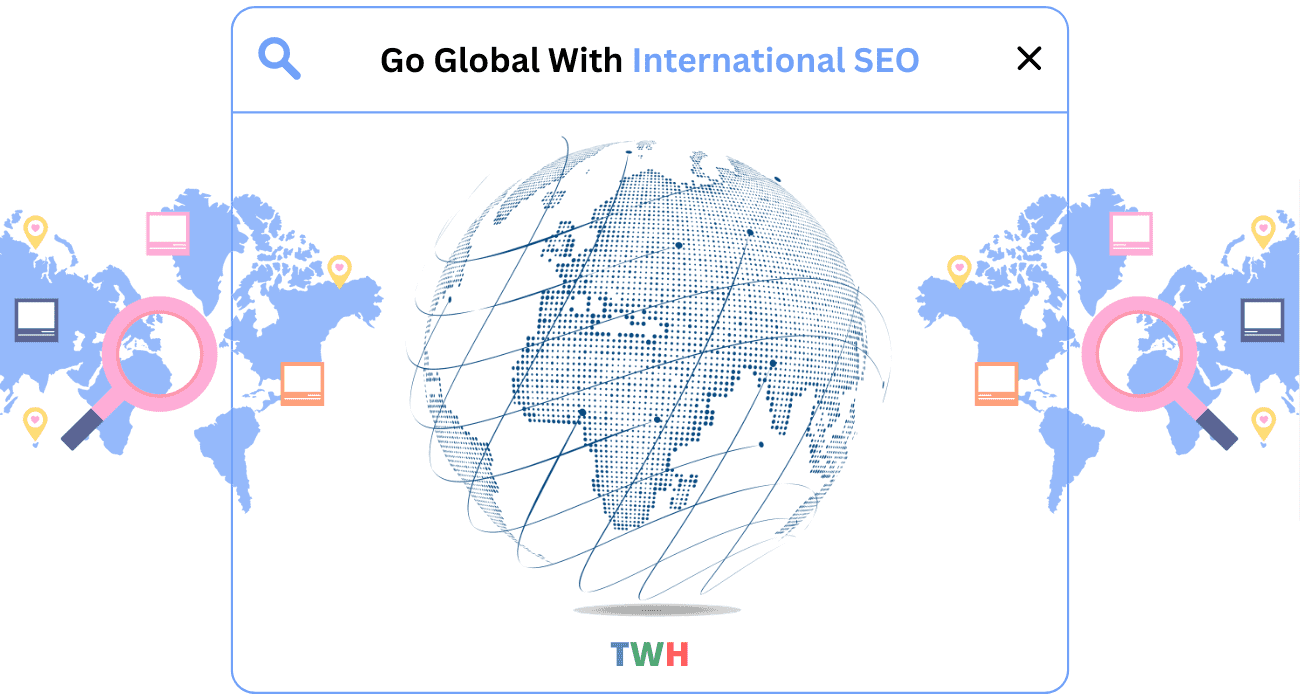1. Determine Your Market Approach
Tailoring your SEO strategy to international markets requires careful consideration of your company’s goals and target customers.
If you cater to diverse language-speaking audiences, a language-based segmentation strategy is recommended.
On the other hand, for varied products or services across international markets, a country-by-country approach with individualized websites is required.
2. Conduct Market Research
Before implementing an international SEO strategy, it’s crucial to identify your potential buyer personas and understand their preferences.
Conduct keyword research and explore channels that your target demographics use to discover products.
3. Analyze Competitor Strategies
Evaluate the SEO, content marketing, and paid advertising tactics employed by your potential competitors.
It will help you uncover untapped opportunities in specific markets or languages.
4. Answers Local Queries
One key aspect of international SEO is speaking the same language as your customers.
It’s vital to conduct research to ensure that you consistently provide answers in their native language and in a context that resonates with their cultural nuances.
5. User Experience
International SEO also involves ensuring a seamless user experience across your entire website.
This includes multilingual form fillings, displaying prices in local currency, and offering multimedia assets that feature native speakers.
6. Prioritize Target Audiences
When expanding globally, focus on targeting one additional audience at a time.
This phased approach allows you and your team to gain valuable experience and momentum in international SEO.
7. Carefully Translate Existing Content
Literal translation tools may not capture the true essence of your content for locals.
Instead, focus on “transcreation,” which involves recreating content using the cultural and linguistic nuances of your target market as a guide.
8. Optimize Your Website Language
Ensure that each page on your website uses the correct language, whether you choose country-specific subdomains or a single domain with subfolders.
This sends a clear signal to search engines about the location-specific relevance of your content and enhances the user experience for local visitors.
9. Avoid Automatic IP-Based Redirects
Automatically redirecting visitors based on their IP addresses may seem convenient, but it can be frustrating for users and confusing for search engines.
Instead, inform visitors and search engines about alternative versions of a page through banners or messages with links.
10. Adapt Topics to Local Cultures
Tailor your country-specific pages to the interests and preferences of the local audience.
For example, Australians may not find American fashion or politics particularly engaging.
Create content that is specific and valuable to the demographic of visitors to each country-specific site.
11. Develop a Market-Specific Link-Building Strategy
Similar to local SEO, the value of inbound links varies based on their origin.
To signal relevance to specific countries, aim to acquire high-quality inbound links from domains associated with those countries.
Developing a strong link-building strategy for each market will have the most significant impact on search results.
12. Consider other SEO Signals
In addition to the aforementioned best practices, other SEO signals can indicate your website’s relevance to specific countries.
These include:
- Hosting your site on a local IP address
- Incorporating local content links
- Improving search engine rankings on country-specific platforms like Yandex in Russia or Baidu in China

